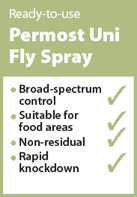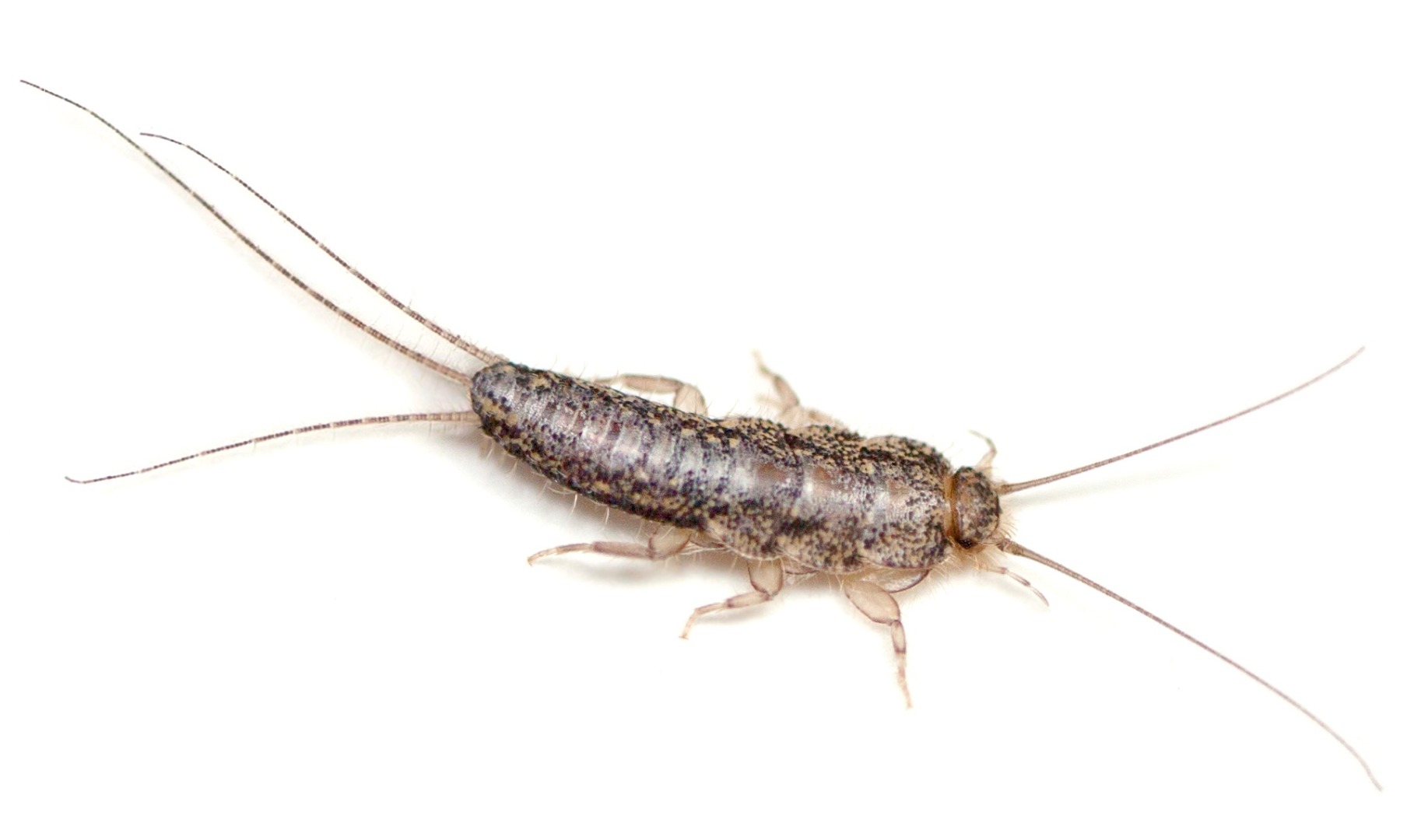Silverfish
(Lepisma saccharina)
Silverfish can be found worldwide, especially in areas of concentrated human activity. As a nocturnal species, they can often be found foraging in kitchens and bathrooms or, owing to their small size, in crevices, such as beneath floor tiles and panels, or behind wallpaper. Although not dangerous, the species has a high nuisance factor and can damage various household items, such as books, stationery, textiles and dried food goods.
Life cycle:
Egg, nymph, adult
| Egg | Eggs, which are white-brown in appearance, are laid in batches of up to 100 over an approximate 2-month period. These are usually dropped in crevices or in random locations. |
| Nymph | Once hatched, the nymphs are white in appearance and look similar to the larger adults. Silverfish go through up to 10 moults, taking up to a full year to develop into an adult. The rate of development is dependent upon temperature and the availability of food sources. |
| Adult | An adult silverfish can measure up to 20mm in length. It has a distinctive ‘carrot-shaped’ body and three short-haired tails. The body is scaled and has a metallic-silver appearance |
Habitat
The silverfish is commonly found in areas of human activity and often within domestic premises. Unable to climb, at night they are often discovered in baths, sinks, basins and other polished or ceramic surfaces. During the daytime, they can often be found concealed under floor tiles, behind wallpaper, within crevices and other discreet locations inside the home.






